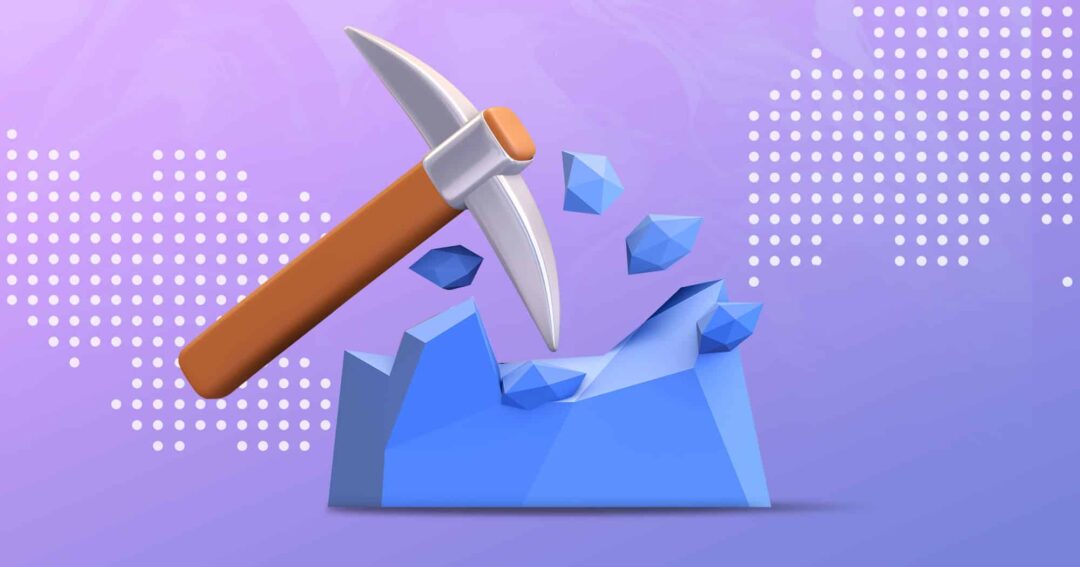The great responsibility for managing a range of companies’ lead research comes with many challenges. Here are the top issues lead generation agencies face when B2B prospecting.
- Managing lead research timelines
Lead research is very time-consuming and clients need to understand that. While certain tiny sprints may be capable of being completed within 24 hours, extensive lead research will take a lot more time.
Your clients need to know that searching for thousands of prospects can’t be done instantly, especially when you have a set research schedule for multiple clients. This usually becomes a problem when a campaign for a client isn’t going well.
If the leads aren’t flowing in, there’s a natural tendency by both the client and the agency managing them to panic and want to change everything instantly. This panic response is not exactly unlikely. However, even if changing the lead profile is the right thing to do, your clients must realize it will take time to implement.
Tip: When you first start working with a new client, be transparent about your timelines for delivering research and how long things can take when changing course.
- Managing clients who don’t know their prospecting profile
Some clients will provide you with a list of highly detailed criteria that will make your life easy. Other clients won’t have a clue as to who their ideal customer is and will expect you to be their “de facto CEO” to figure that out for them.
If a client doesn’t know who their target customer should be, they may want to frequently change the research criteria or add specifications that disqualify prospects you’ve already found. This can leave the research you’ve already done for them in the dust and force you to have uncomfortable conversations about additional costs for the research.
Tip: Don’t start the research until you’ve fully agreed on detailed prospect criteria that will not change from day to day. Help the client understand that lead generation is a process. Even if they discover that current lead criteria is inaccurate, there will be additional research efforts going forward.
- Talking to clients about relaxing lead profile criteria
No one likes being the bearer of bad news, but a good lead generation agency knows when it’s time to have a talk with a client about opening up their lead research profile.
No lead research team can find prospects that don’t exist. So if you’ve promised you’ll find X number of prospects, but you can’t find more than half of the quota, bring it up as soon as possible.
It’s very important that when you do bring it up that your client does not feel like they have to micromanage you. After all, your client hired you because they believed in your expertise and know-how.
Tip: When the lead profile needs to change, come to the client not just with this news, but also with a detailed list of suggestions that can expand the number of prospects out there. Showing them that you’re proactive and think outside the box will gain their long-term trust.
- Ensuring every member of your team understands the research criteria
Extensive lead research is not usually undertaken by one person. It takes a team to identify prospects at scale. Usually, the head lead researcher will be in touch with clients directly and will be expected to manage the team’s efforts.
This is usually where things get lost in translation. It’s imperative that every member of the lead research team has a solid understanding of who the client is, what the client does, and all the criteria related to their lead profile.
If there’s even one gap in the chain, your lead research operation will be playing the broken telephone game. This can lead to the wrong prospects being identified. If this happens, your campaigns will be less successful, your client will get mad, and your competence will be questioned.
Tip: Put all requirements in a large “master sheet” that all your lead researchers and your client has access to. Encourage a culture of communication by letting your researchers know it’s okay to ask questions and to be unsure about whether a prospect meets the criteria. Make sure they bring their questions to the head lead researcher for answers. Any questions directed towards the client should come from the head lead researcher.
- Structuring your prospecting efforts for scale
Ensuring that your team understands the lead research criteria is important, but maximizing the speed of research is equally important. You won’t be able to scale your research efforts unless identifying companies, contacts, and cross-referencing the data are done in parallel, not one after the other.
If you wait to find contacts until after you’ve found all the information about companies, you will never be able to keep up with demand.
Tip: Assign different dedicated staff to the tasks of finding companies, identifying contacts, and validating the data. When an individual is dedicated to a specific task, they will accomplish that task quicker and with greater effectiveness.

![New in 2025: Reply.io Teams Up with Persana AI [+Live Webinar] New in 2025: Reply.io Teams Up with Persana AI [+Live Webinar]](https://reply.io/wp-content/uploads/persana.io_-1024x538.jpg)


